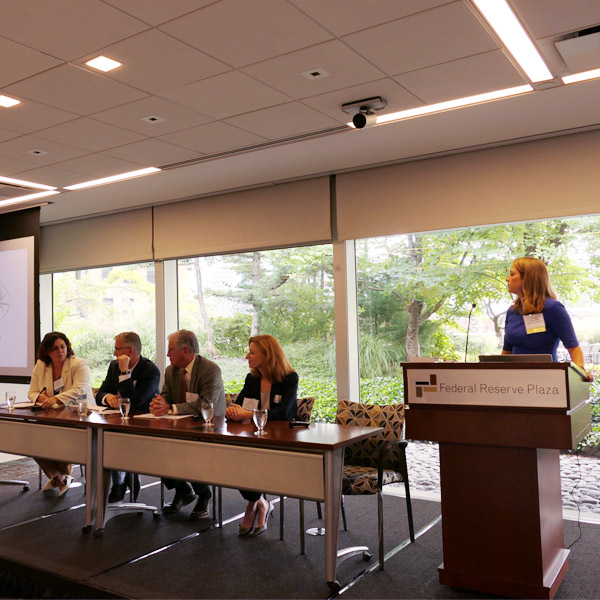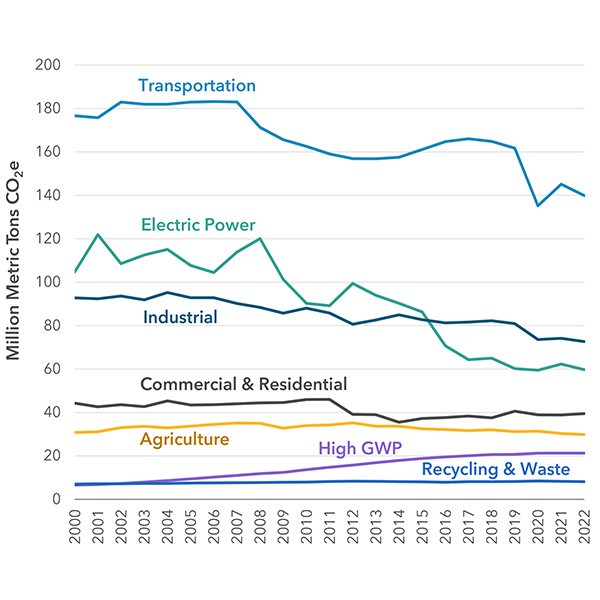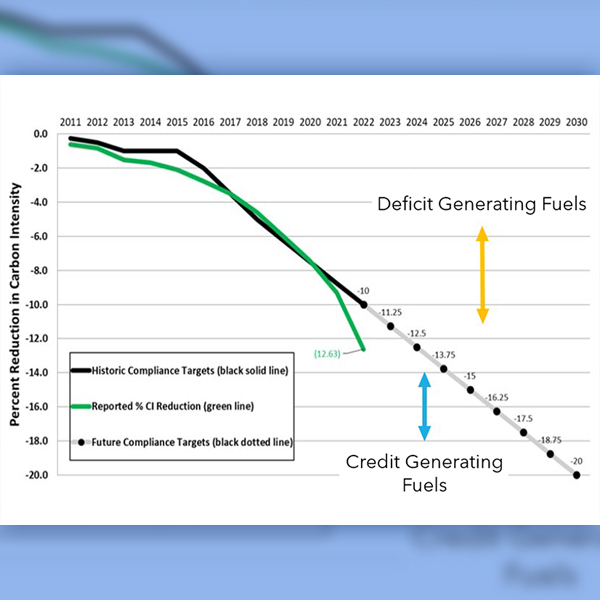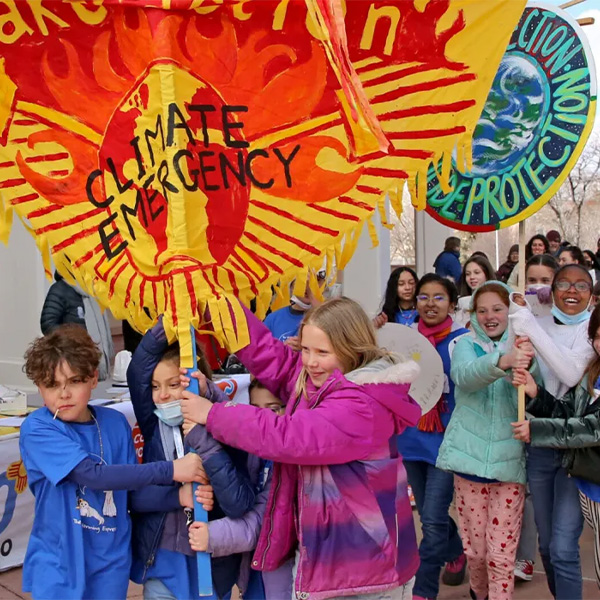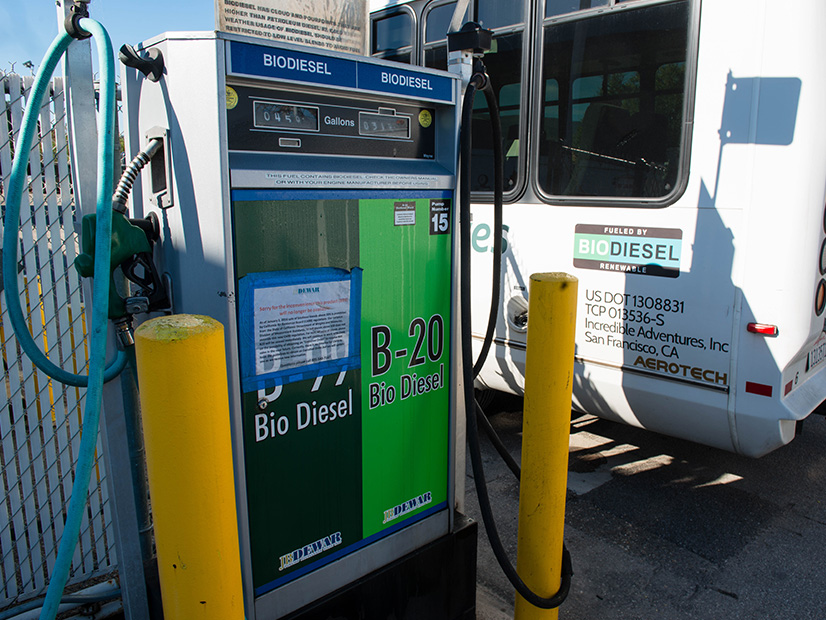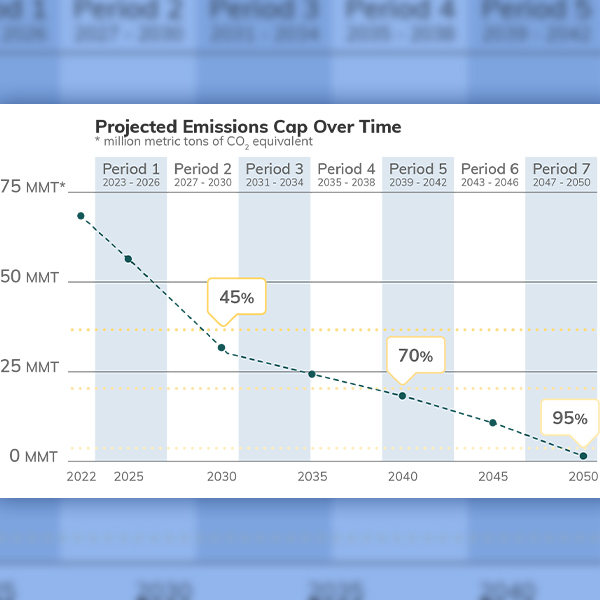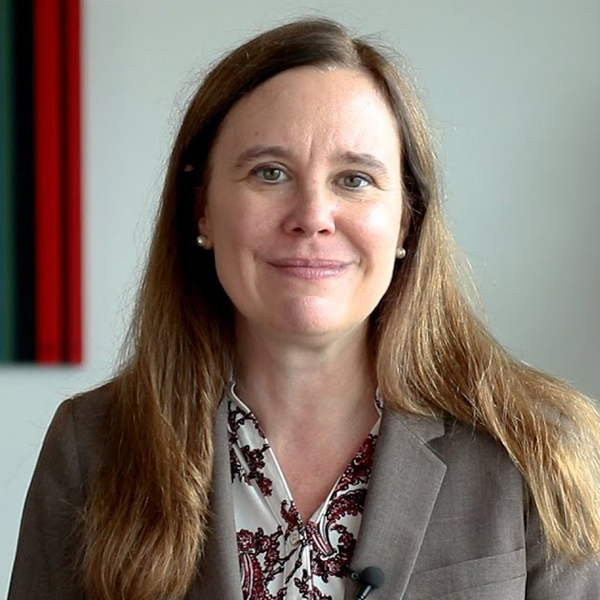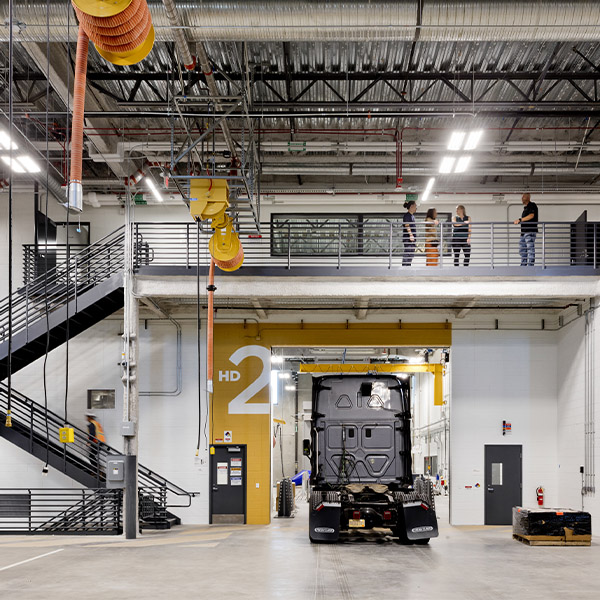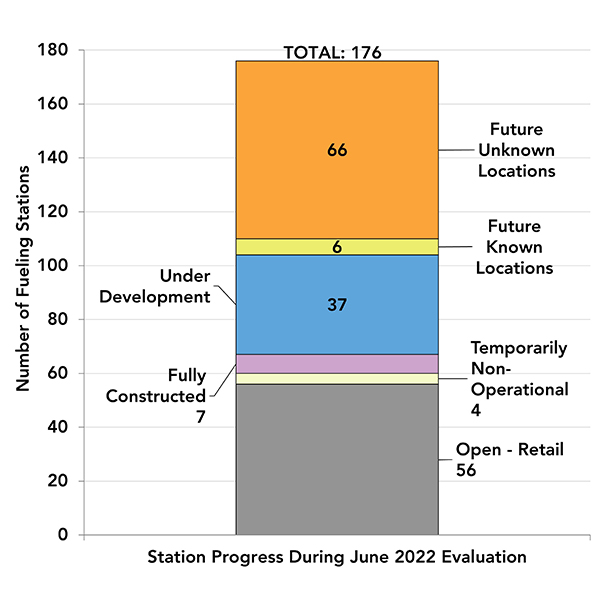low-carbon fuel standard (LCFS)
In a reflection of broader disagreements across the New England energy landscape, speakers at a Northeast energy conference presented divergent visions of the future role of natural gas.
California’s greenhouse gas emissions fell by 2.4% in 2022 compared with the prior year, with the largest decrease seen in the transportation sector, according to a report by the California Air Resources Board.
California regulators are considering a package of changes to the state’s low-carbon fuel standard, including measures to shore up the price of credits.
Gov. Michelle Lujan Grisham vetoed large portions of a tax package, cutting out tax credits for EVs, energy storage systems and geothermal electricity production.
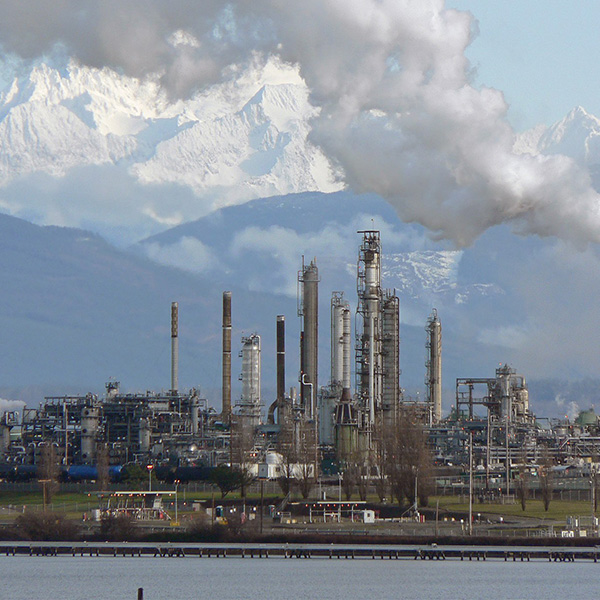
Walter Siegmund, CC BY-2.5, via Wikimedia
Washington LCFS credits will likely range from $35 to $45 per metric ton by 2025, lower than prices in neighboring areas, according to one carbon analysis firm.
A bill that would establish a low-carbon fuel standard in New Mexico awaits a House vote as the state legislature races toward the end of the 2023 session.
Washington officials said cap-and-trade auctions could raise $1.5 billion through FY 2024 while new fuel standards will boost gas by about one cent per gallon.
Washington lawmakers won’t know until mid-March how much cap-and-trade revenue they will be able to spend during the 2023-25 budget period.
California agency to approve new emission rules on heavy-duty vehicles, refine LCFS and consider establishing a permanent environmental justice committee.
Growth in the number of hydrogen fueling stations accelerated in California, but the state is likely a year behind on its 100-station goal.
Want more? Advanced Search
